part of the development kiara posted earlier
we thought to put water color on the map to convey “hotspots” for where users may want to put the tokens on
further development of habitation hubs / barnacles
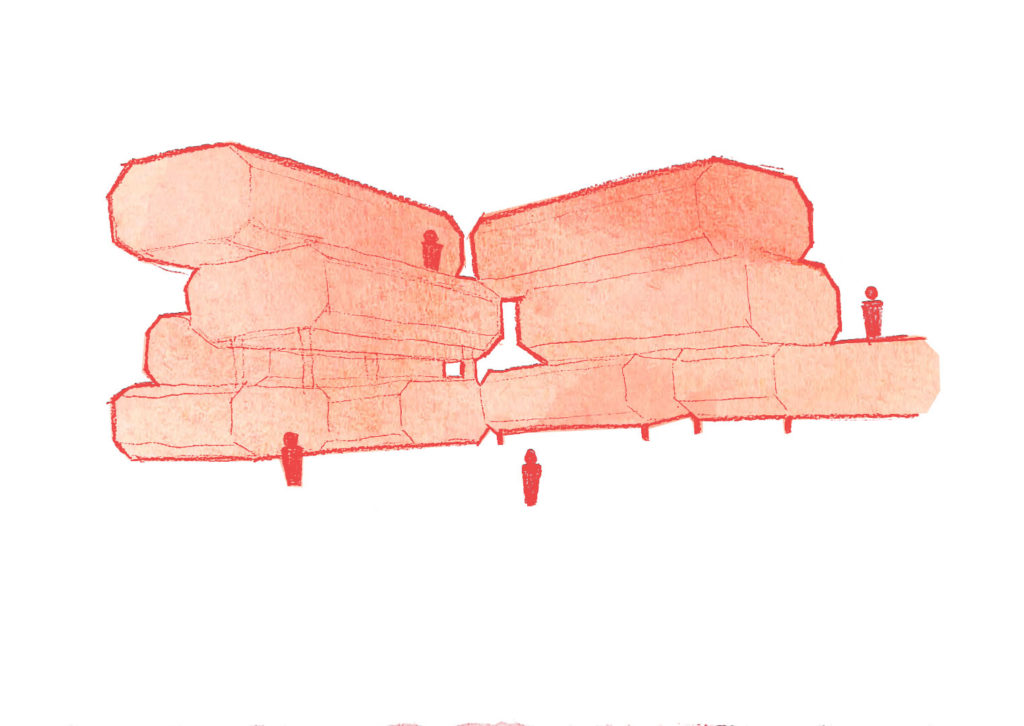

temporary coloring for the illustrations 
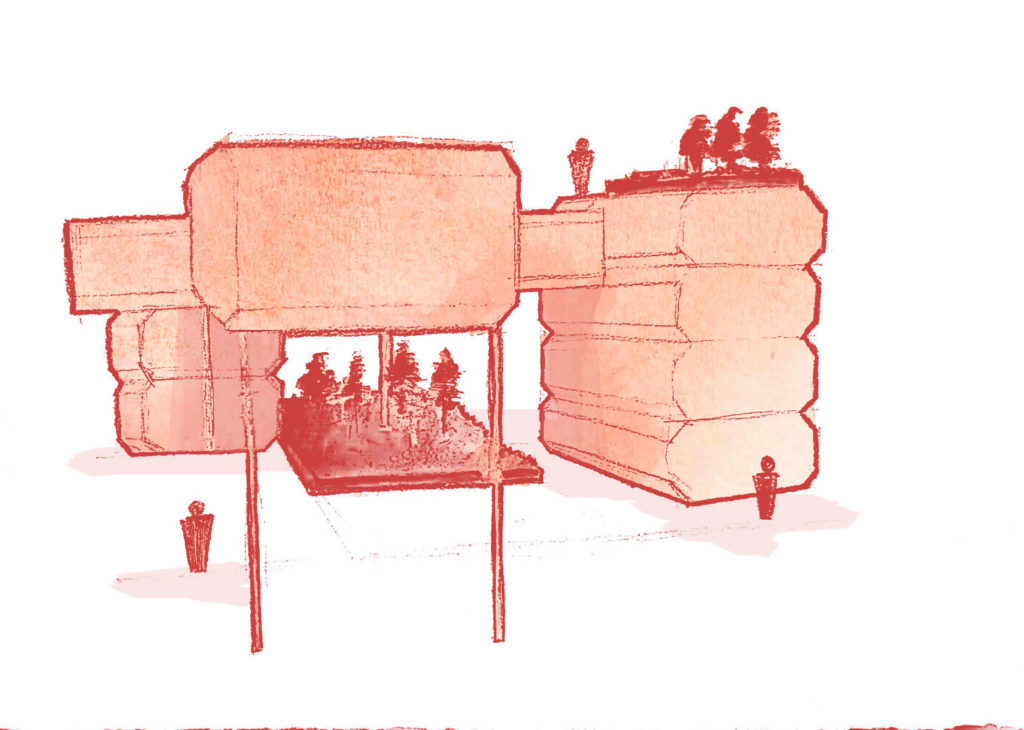
part of the development kiara posted earlier
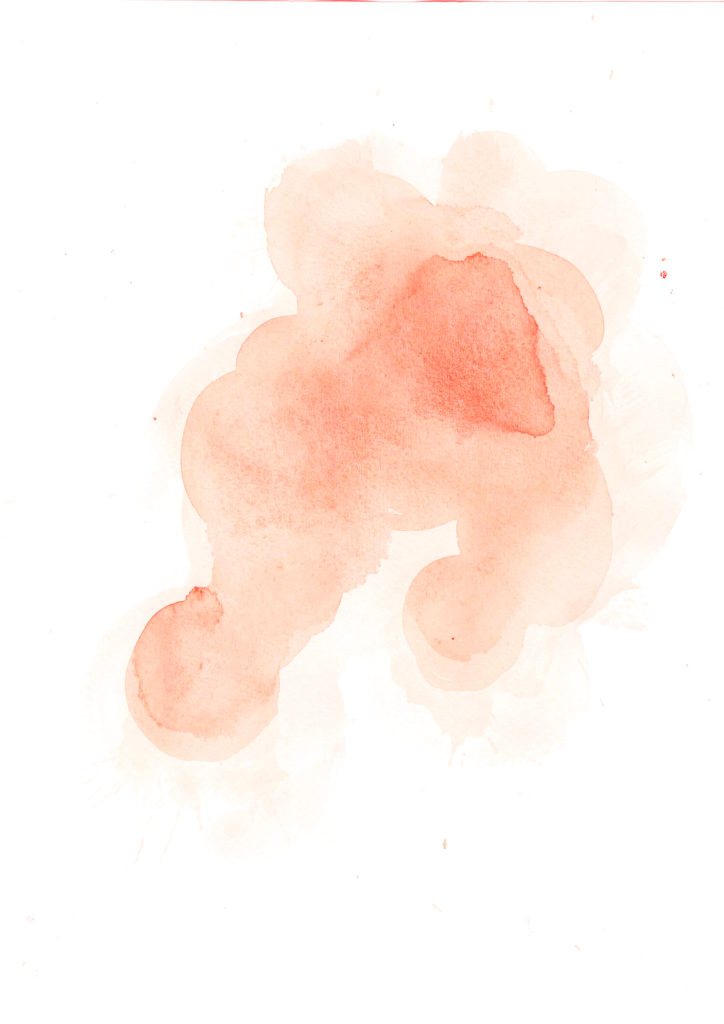


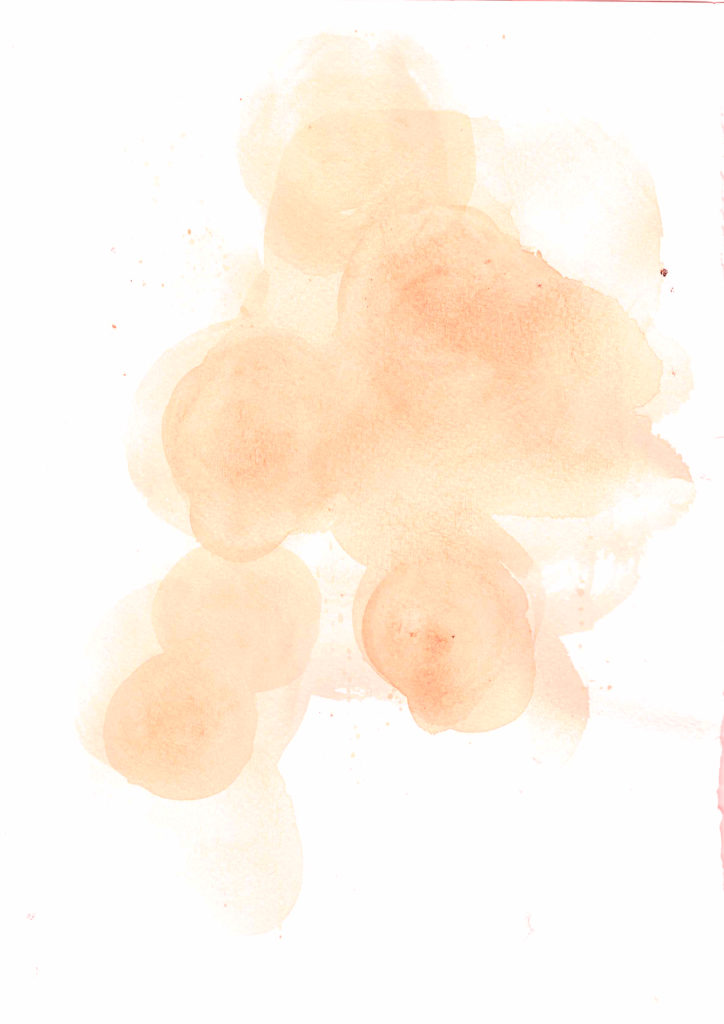
we thought to put water color on the map to convey “hotspots” for where users may want to put the tokens on
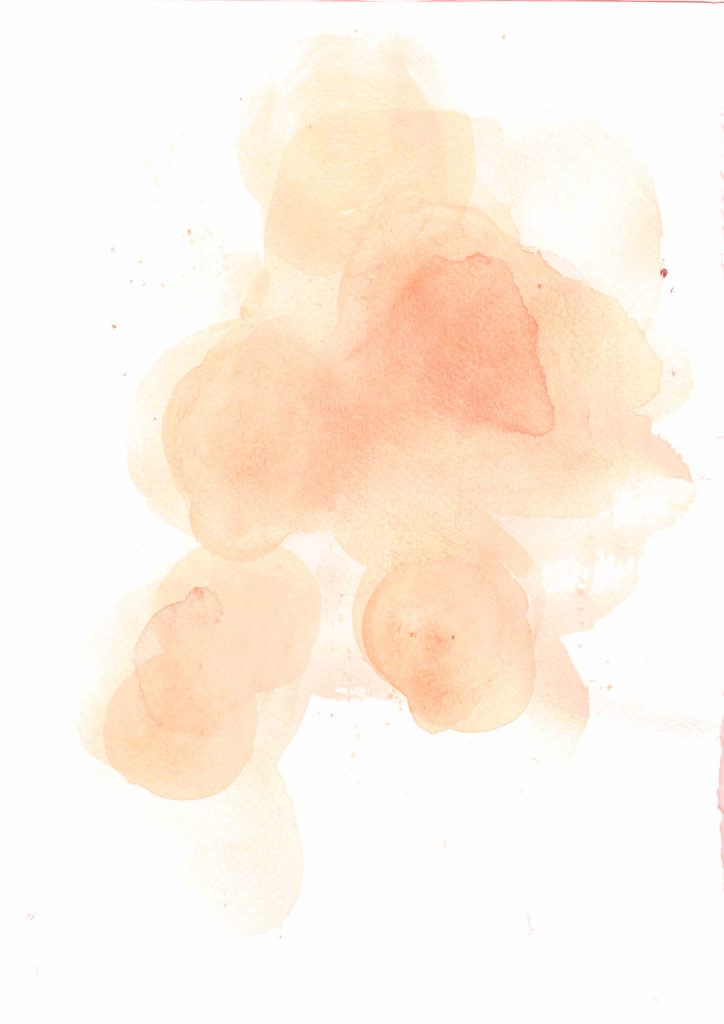
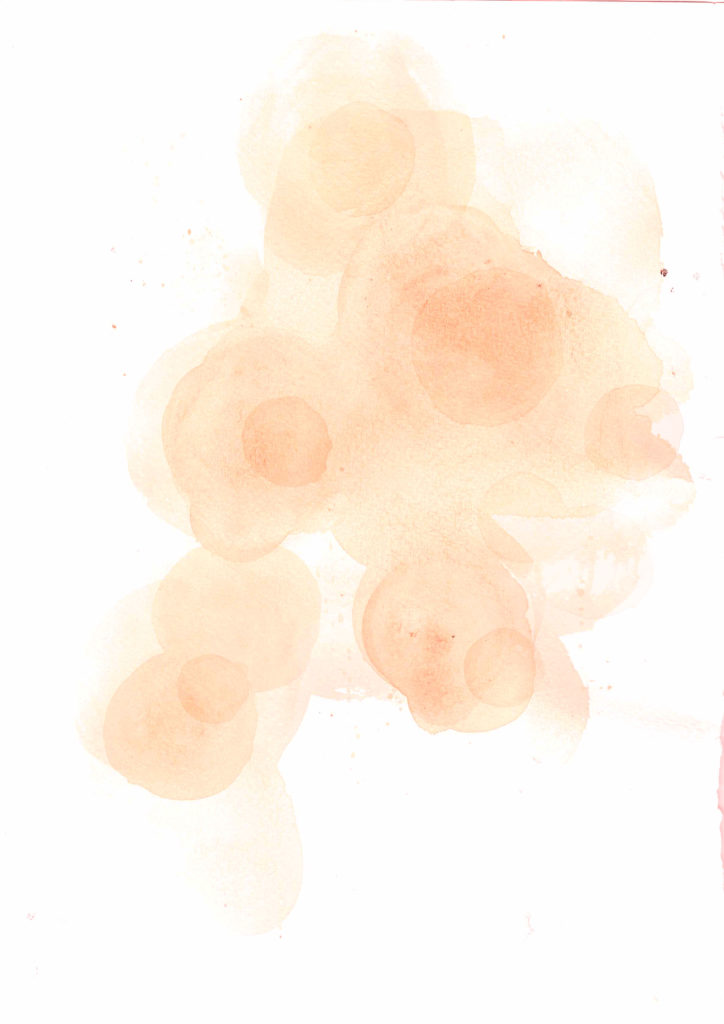



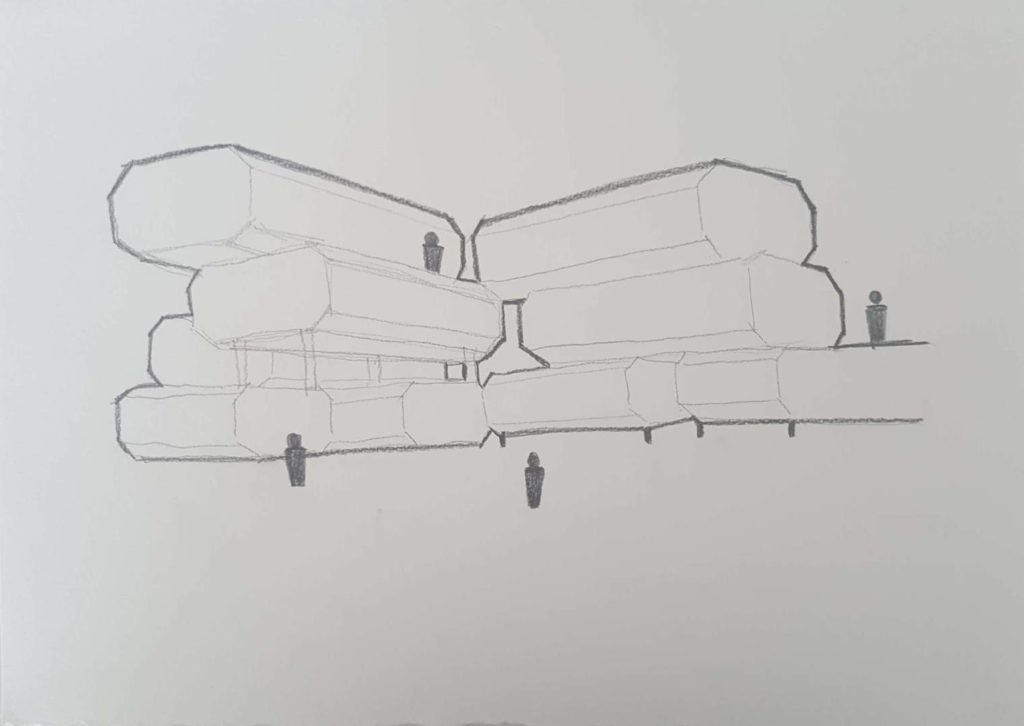
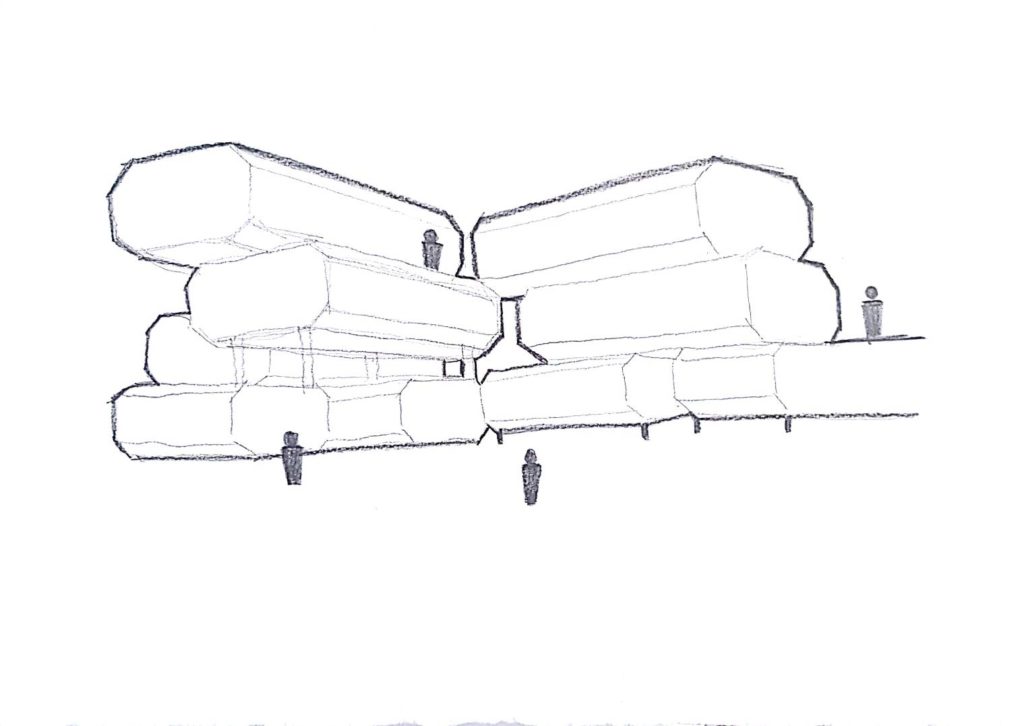
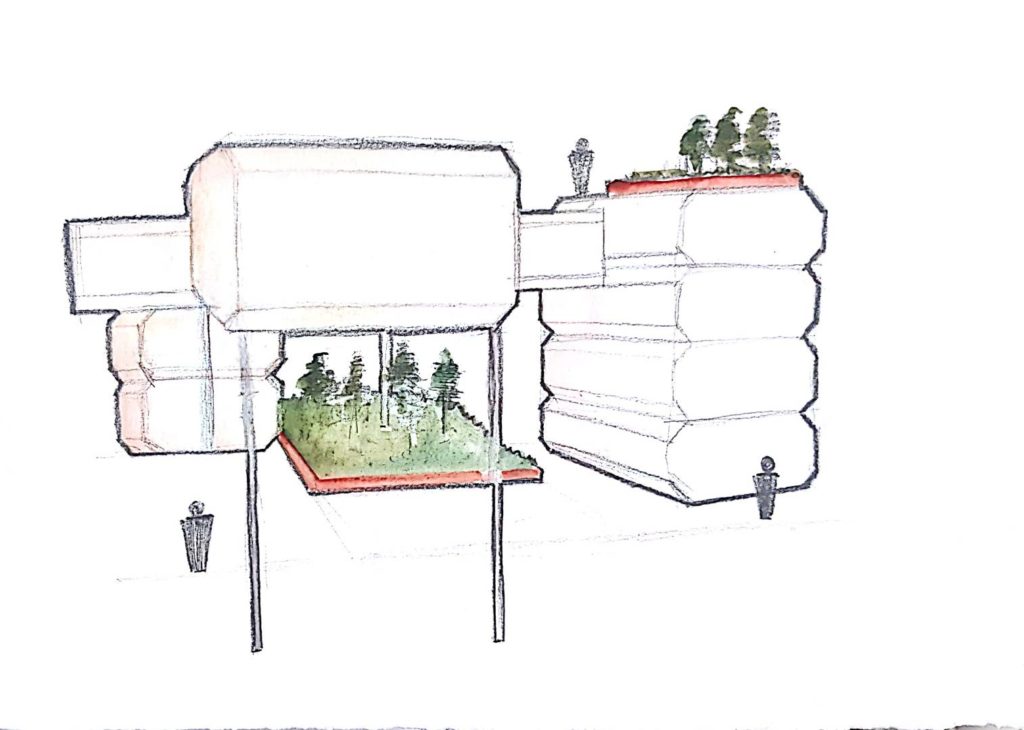
further development of habitation hubs / barnacles






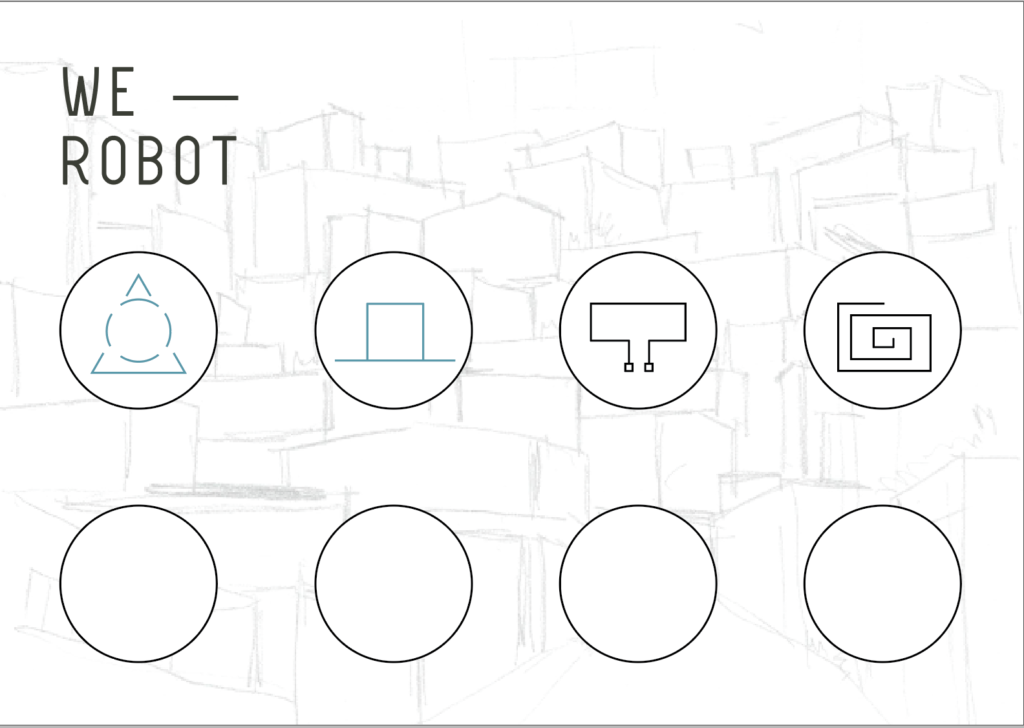


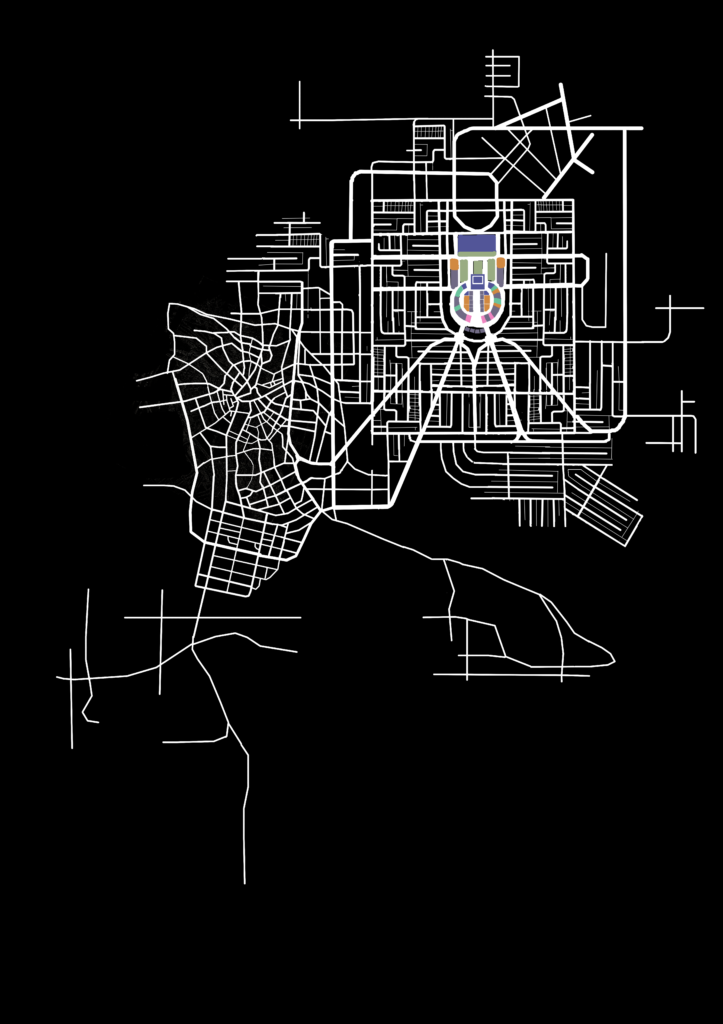

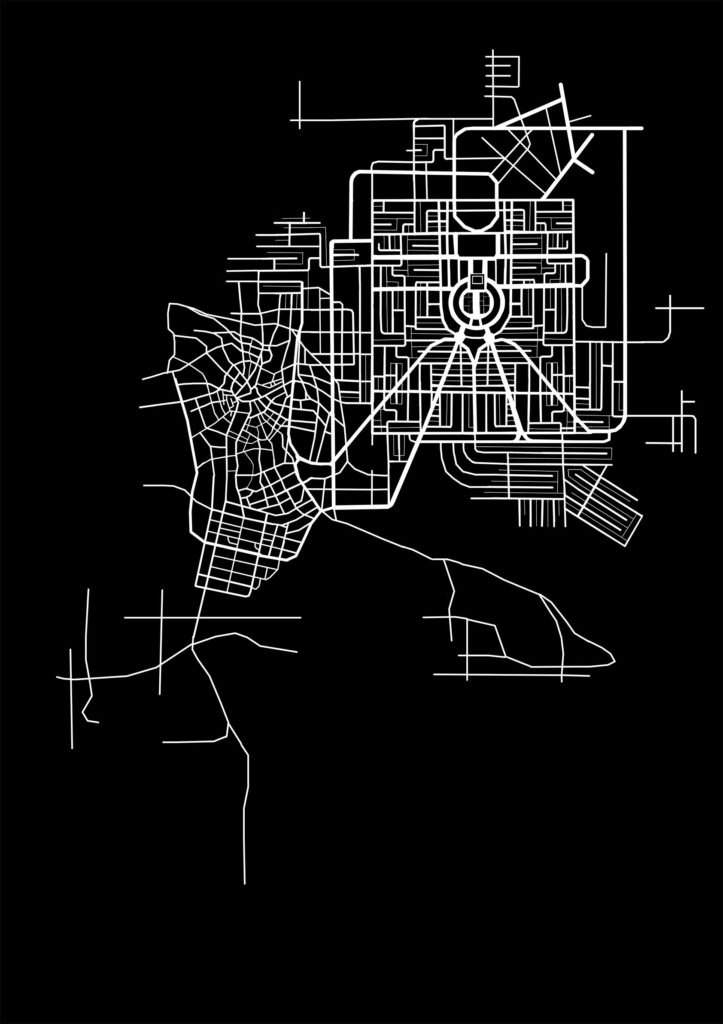

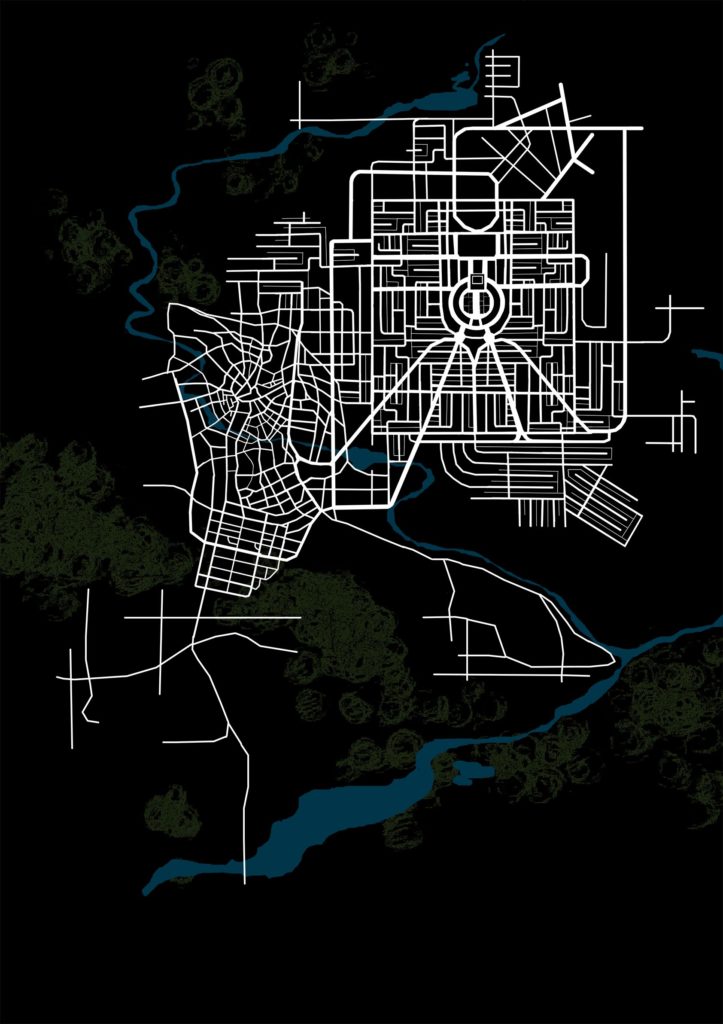
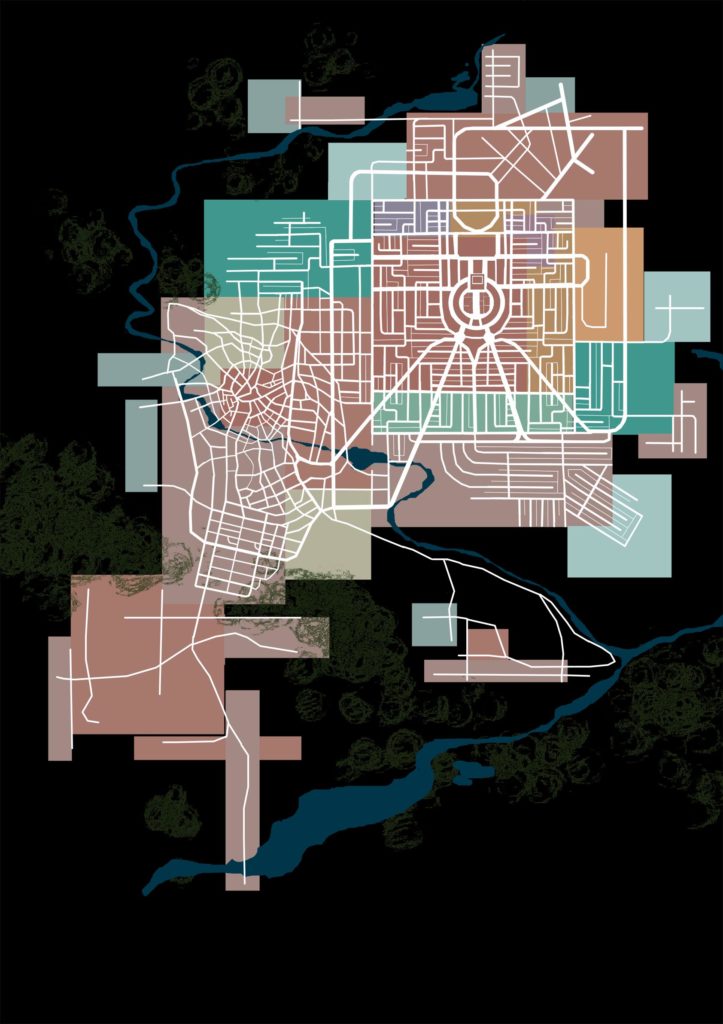
wanted to add little buildings all around the map to
the next step is to make illustrations for the buildings to be included on the gamebook
29/01/19
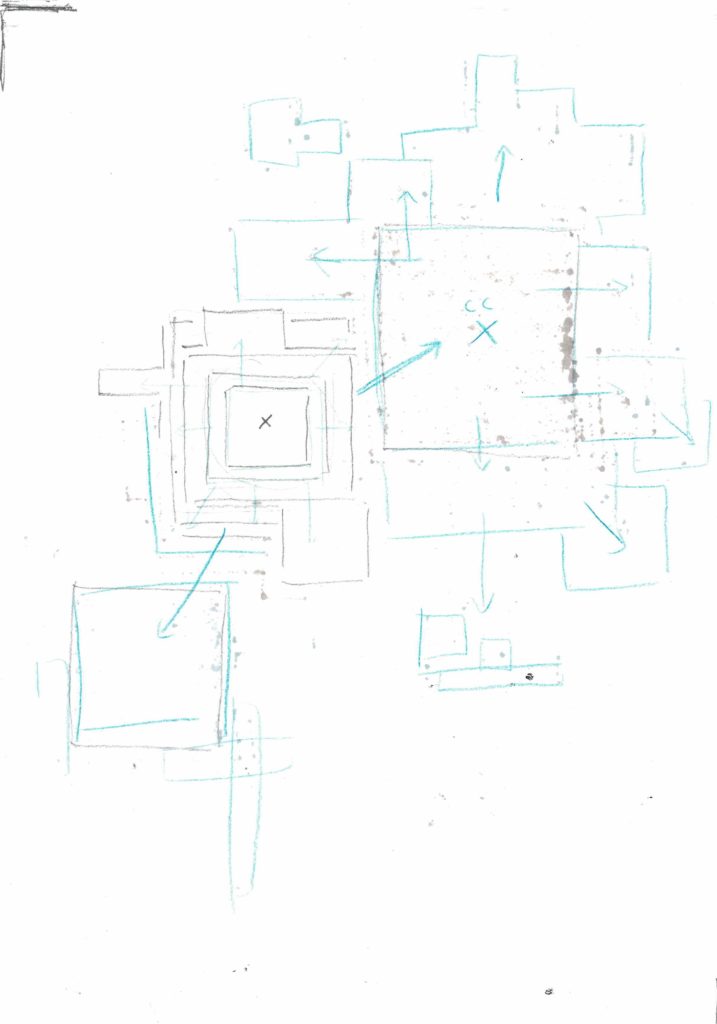



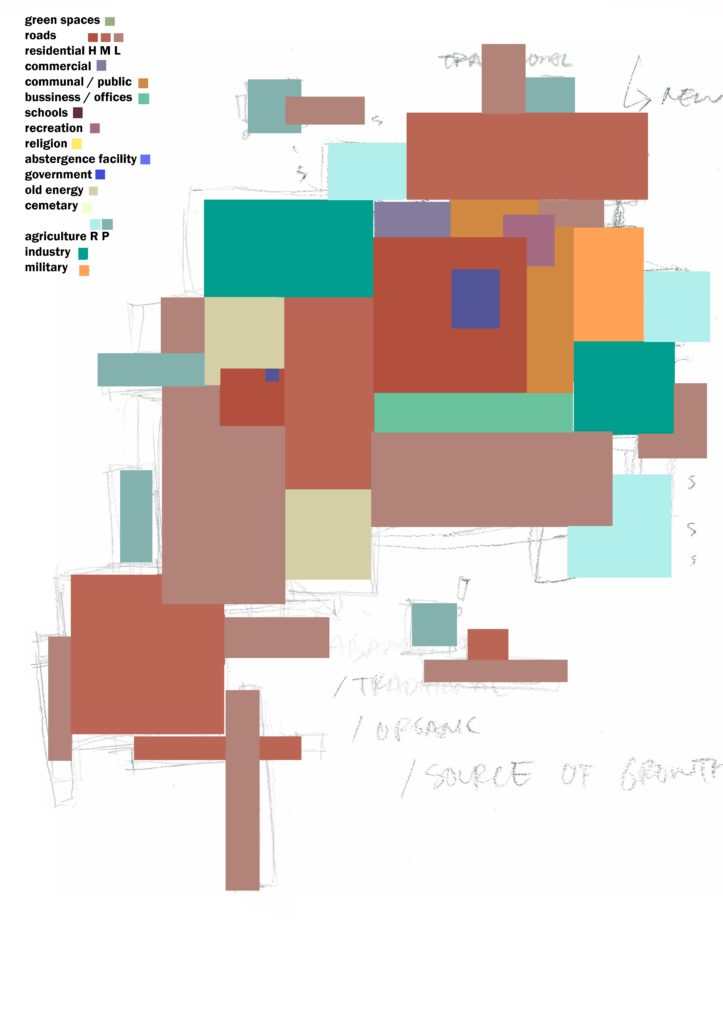
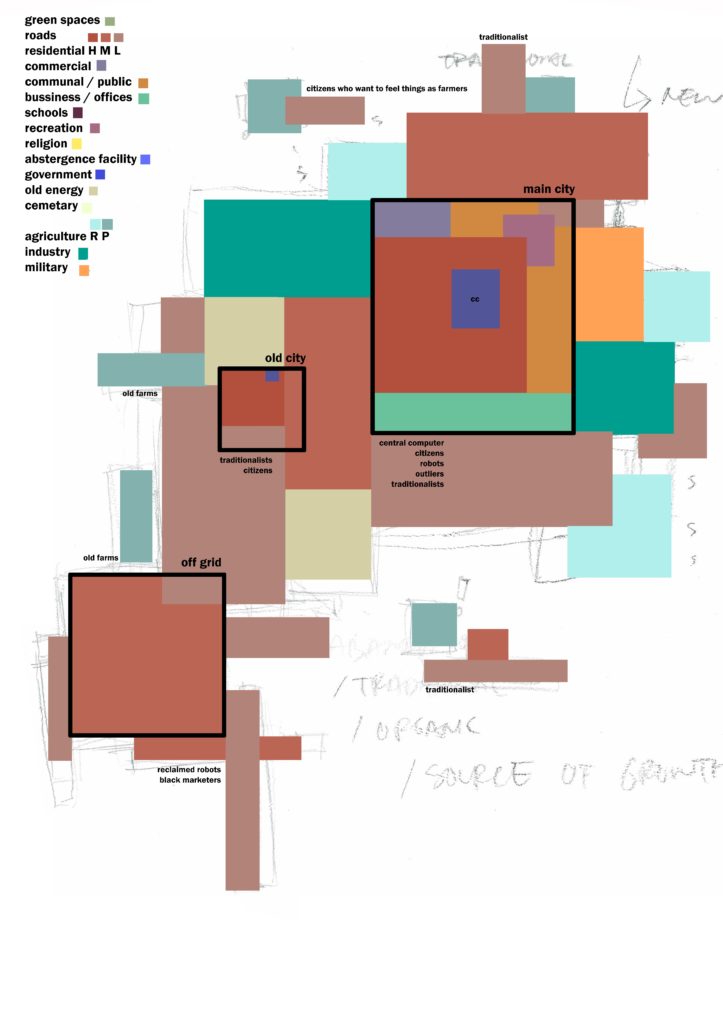


progress pictures
In developing fictional environments and settings, there comes an opportunity to approach it through applying architecture knowledge. Though speculating is a core part of the design process in architecture, the field of Speculative Architecture is not one of popularity.
Below are a few things gathered around the definition of speculative architecture:
“Their subversive work guides our collective move forward, not by indicating an ideal destination, but rather by offering directions along the way.”
source: https://www.architectural-review.com/essays/speculative-design-playing-devils-advocate/8659931.article
Archigram
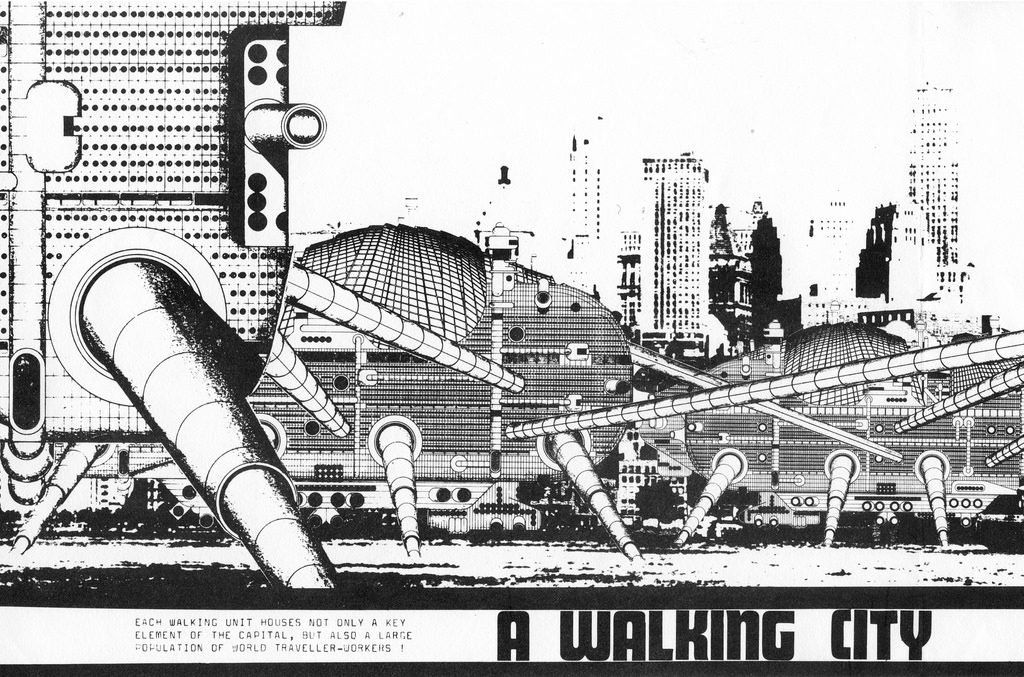
Archigram seems to be one of the more known example of speculative architecture, since the newsletter and illustrations that were created are mostly just radical ideas and fictional instead of being an actual built environment.


Kim Beom’s work displayed in APT9 at QAGOMA
also serves as an example of speculative architecture and architecture fiction.


For the overall Fate System (core and accelerated) : https://fate-srd.com/
Tiny Fate (Fate Accelerated Turbo Version) : http://www.tinyfate.com/
… being the dev blog for the rolling stories project.